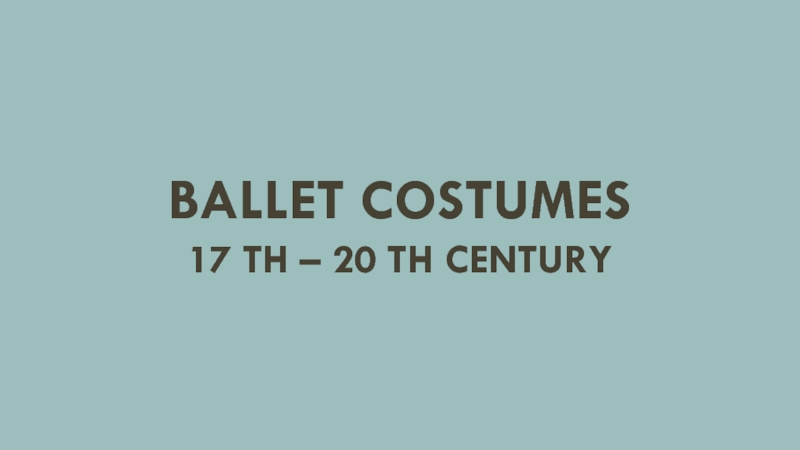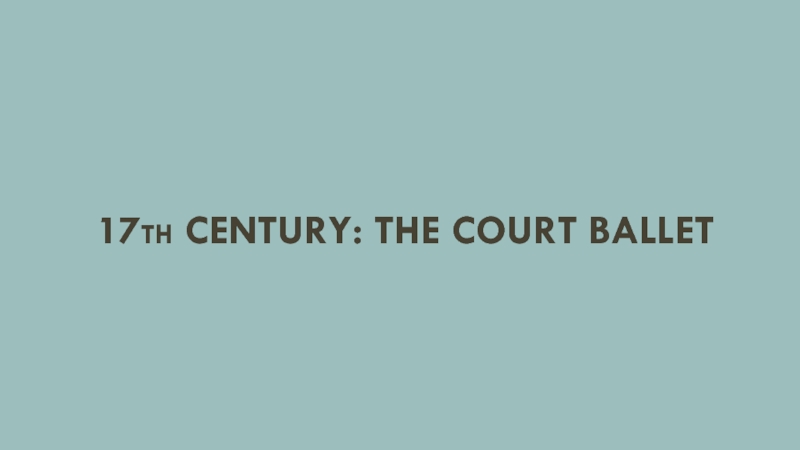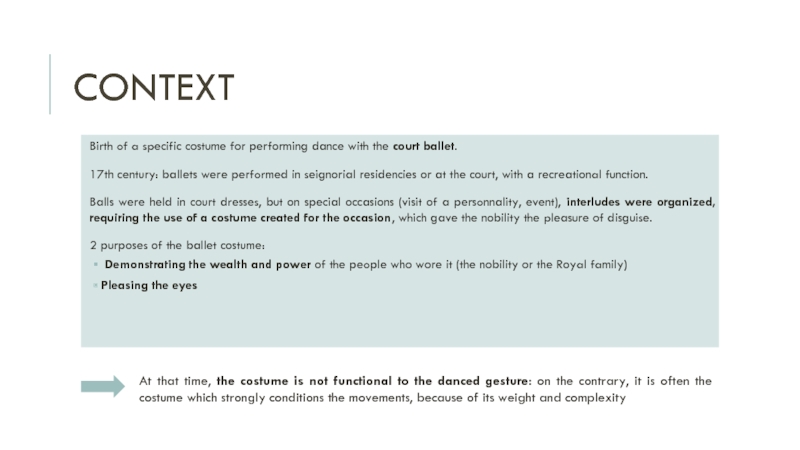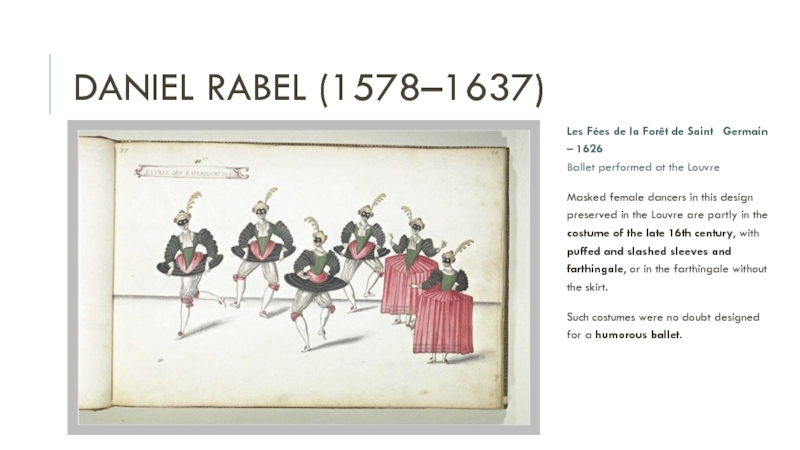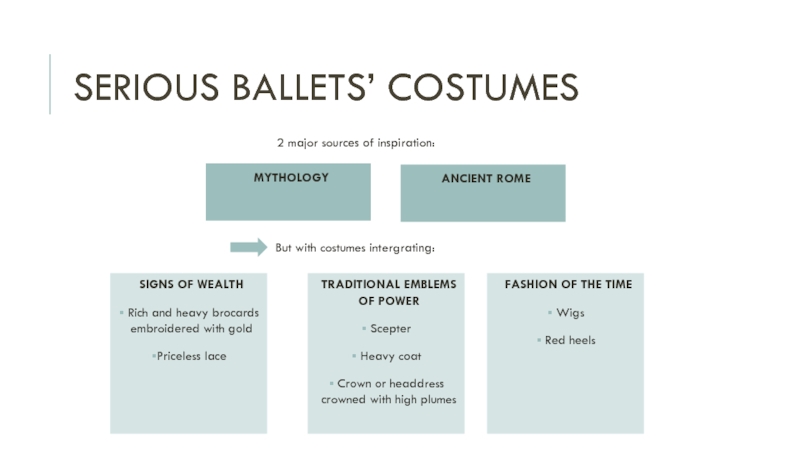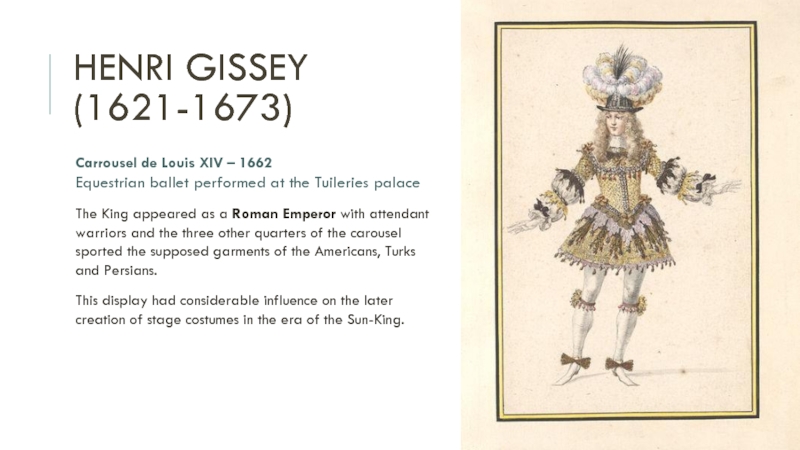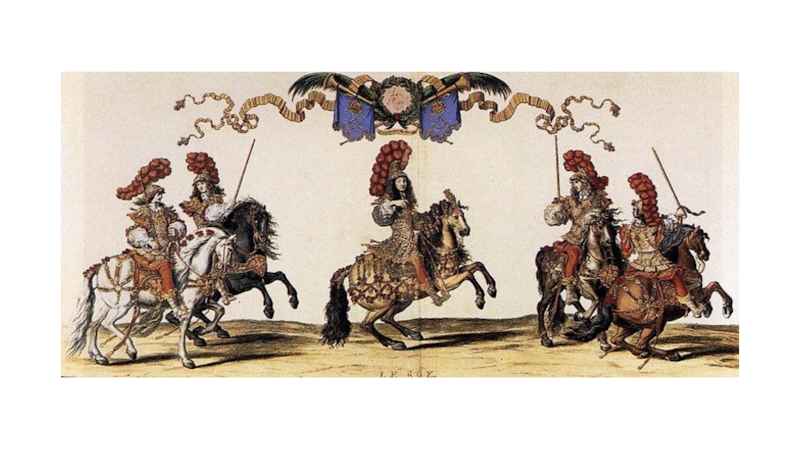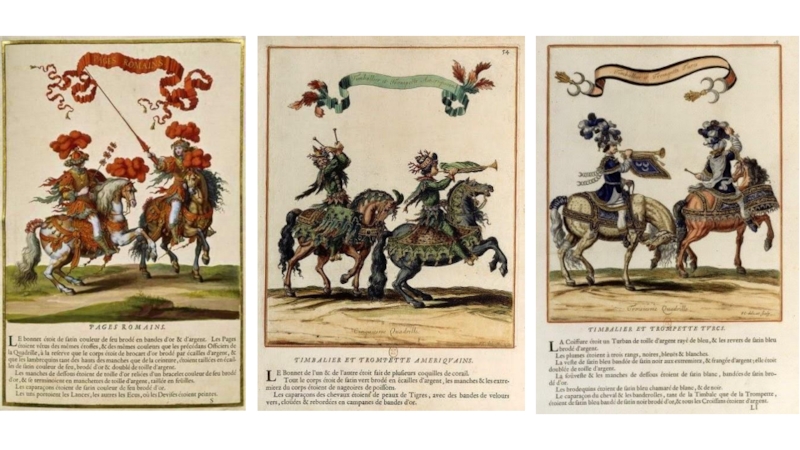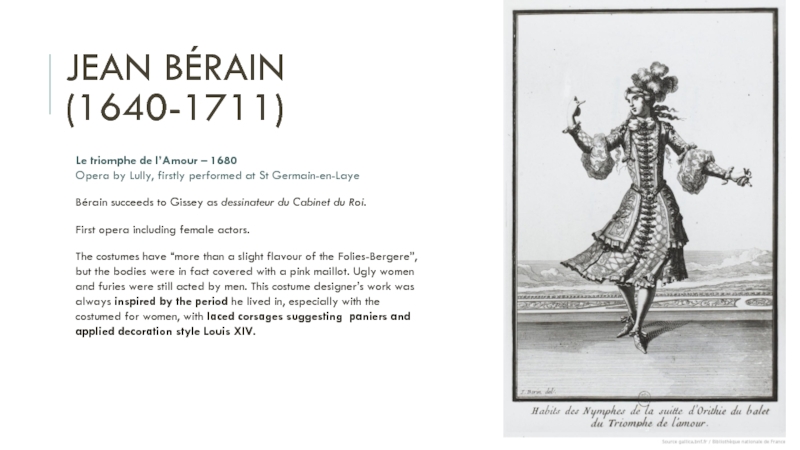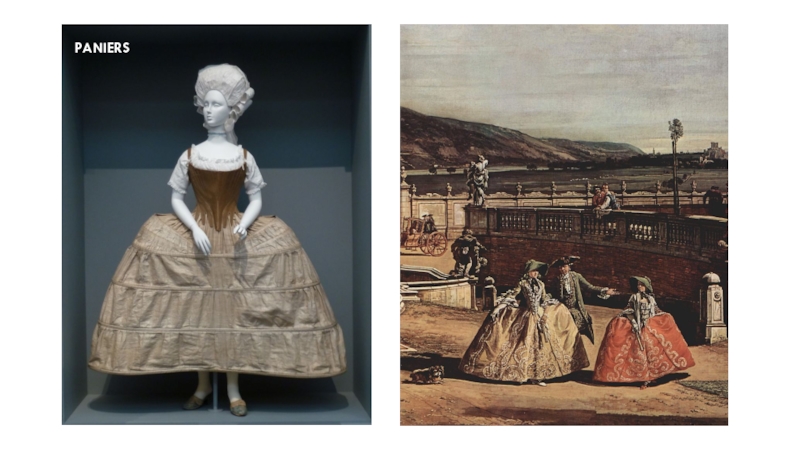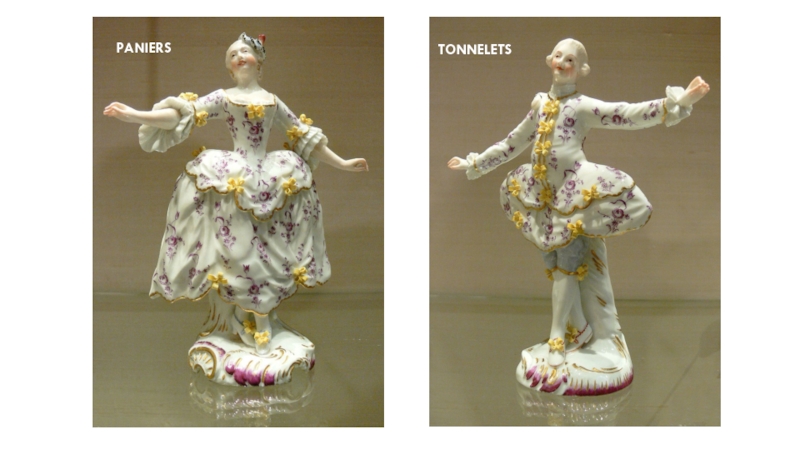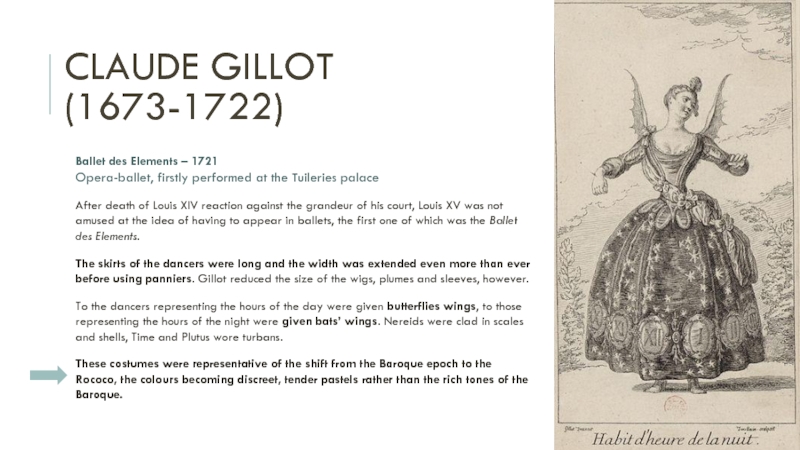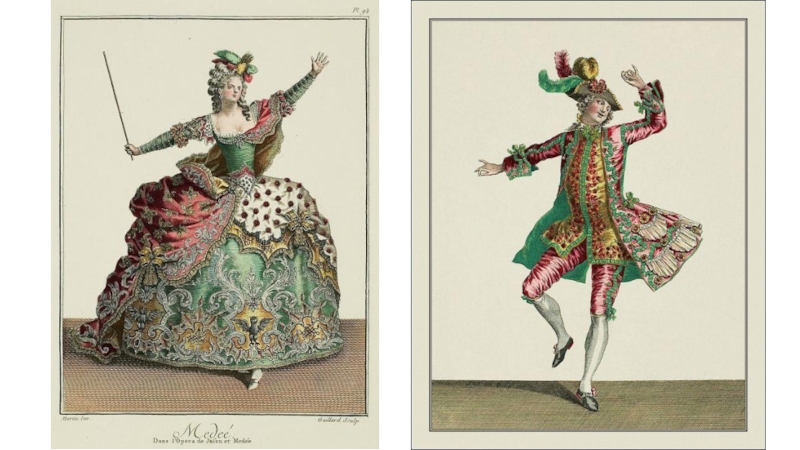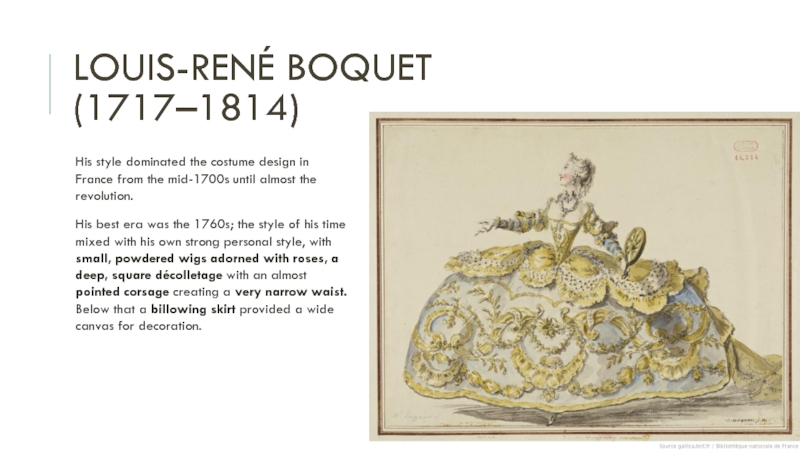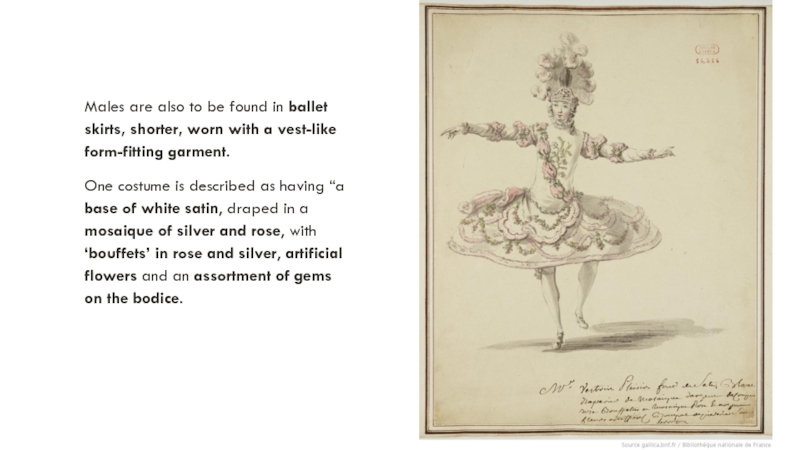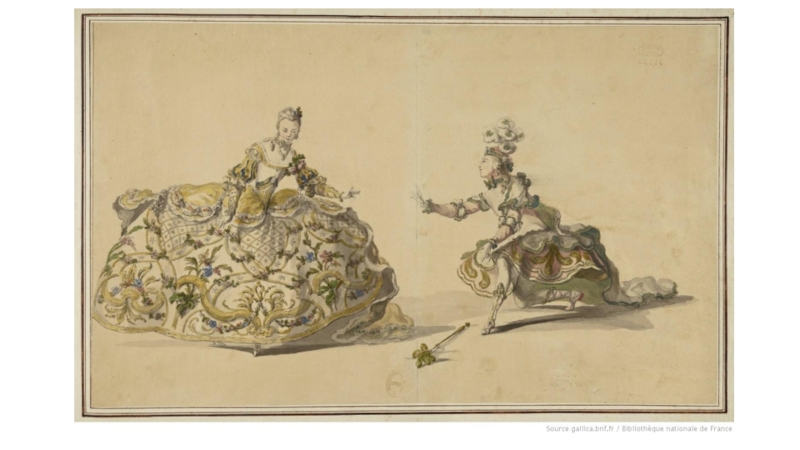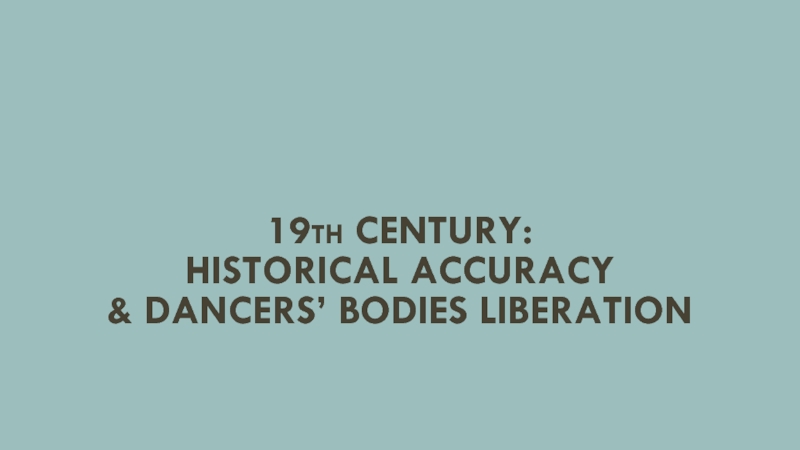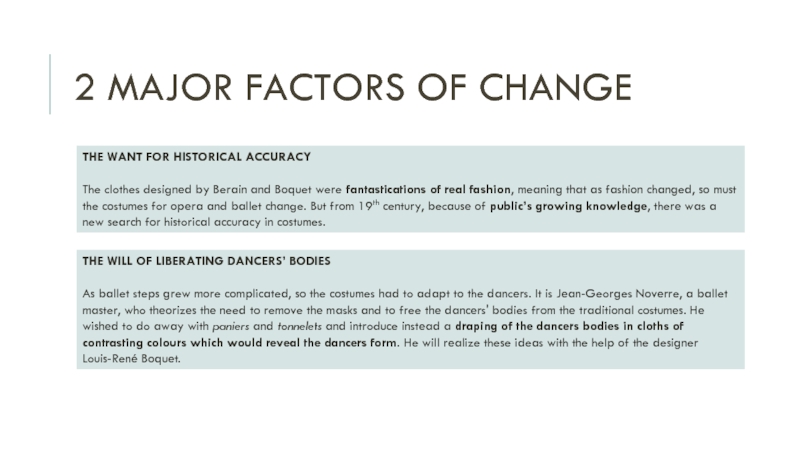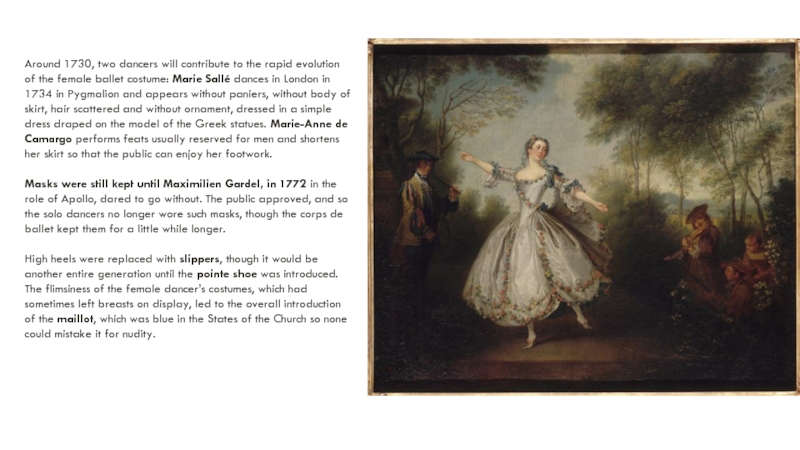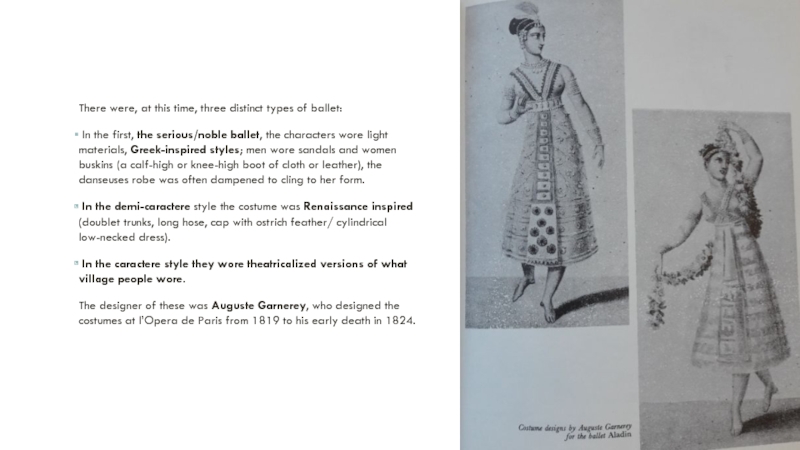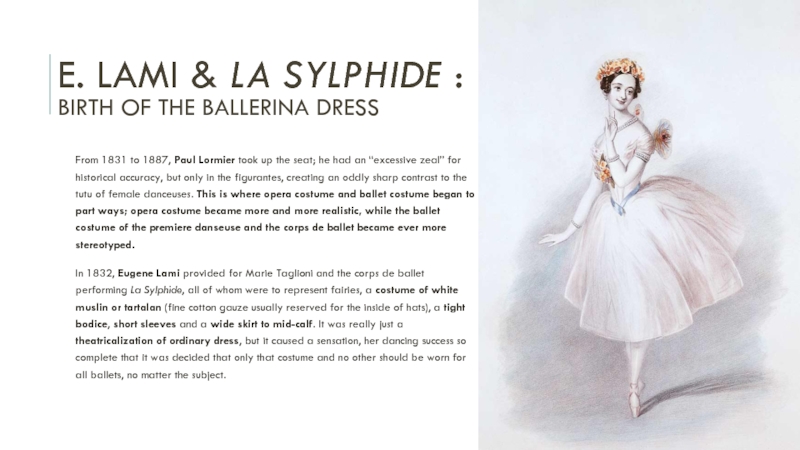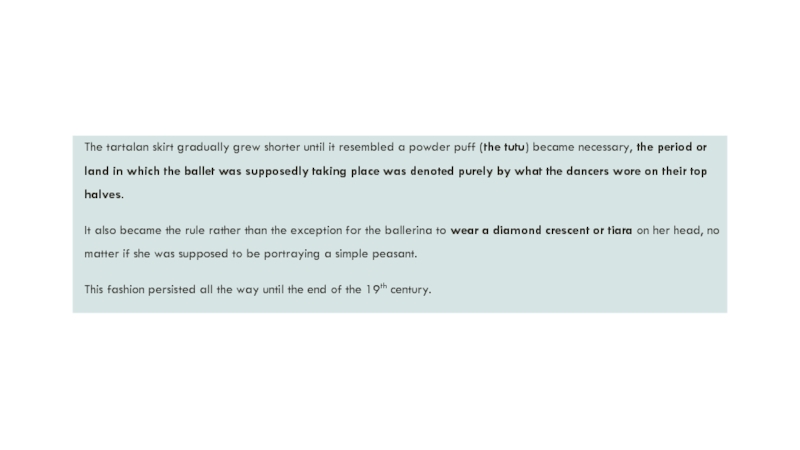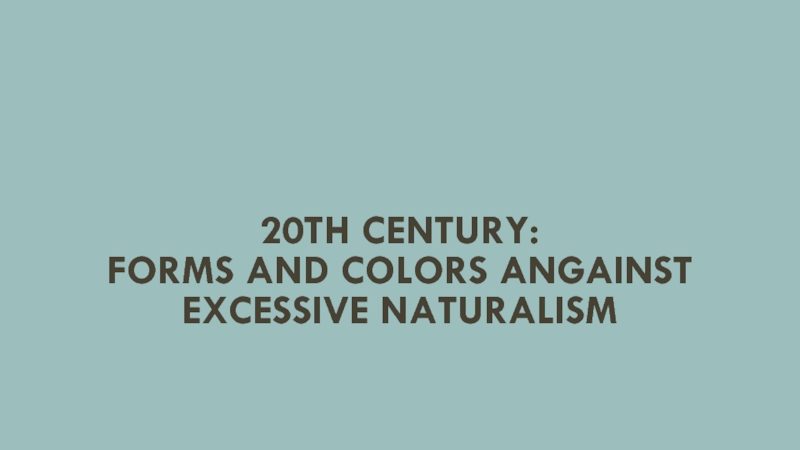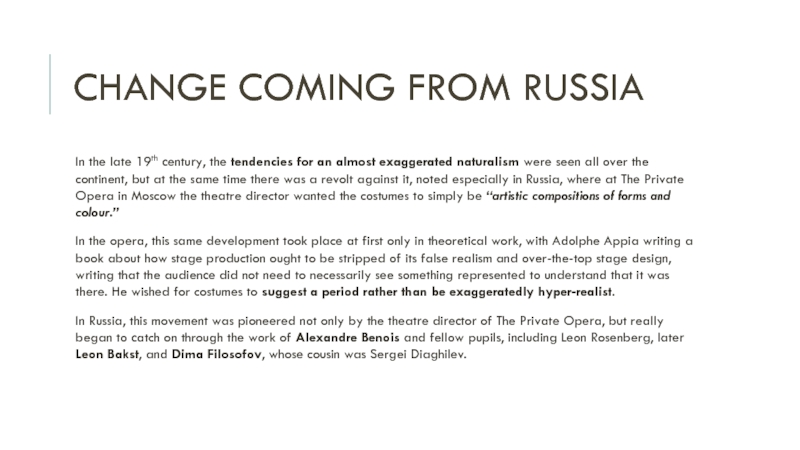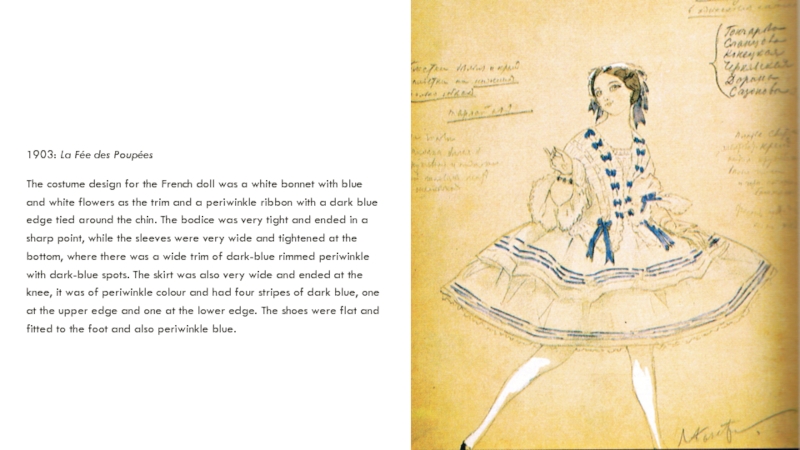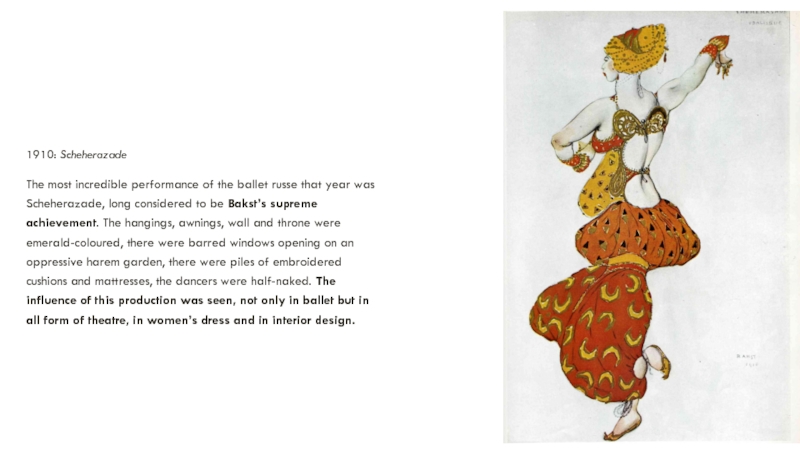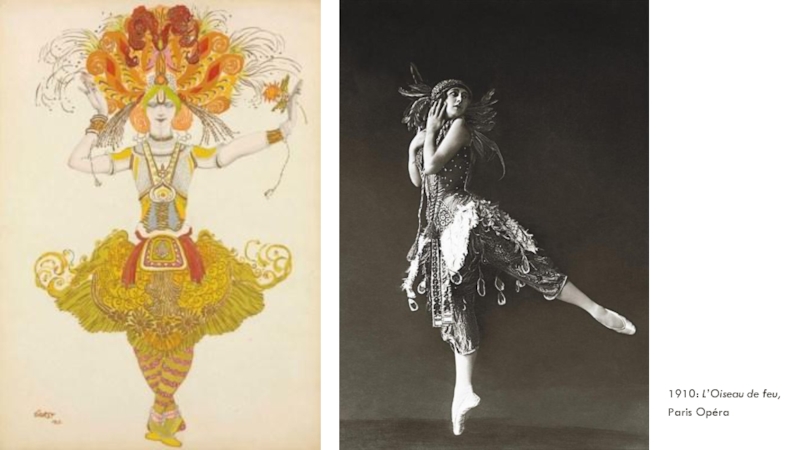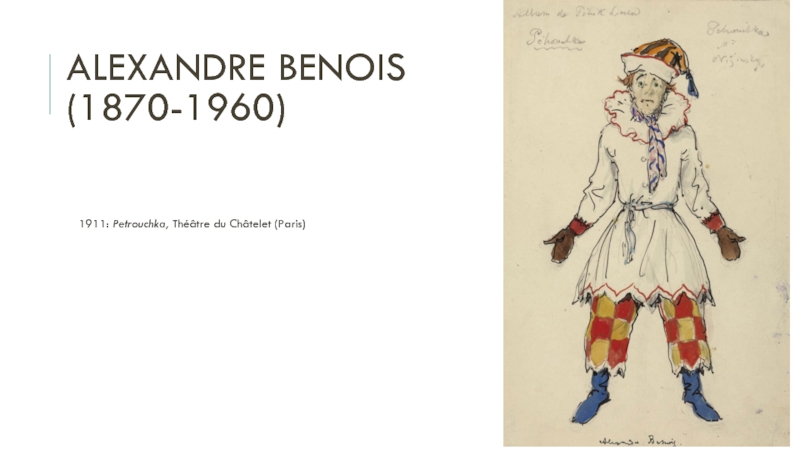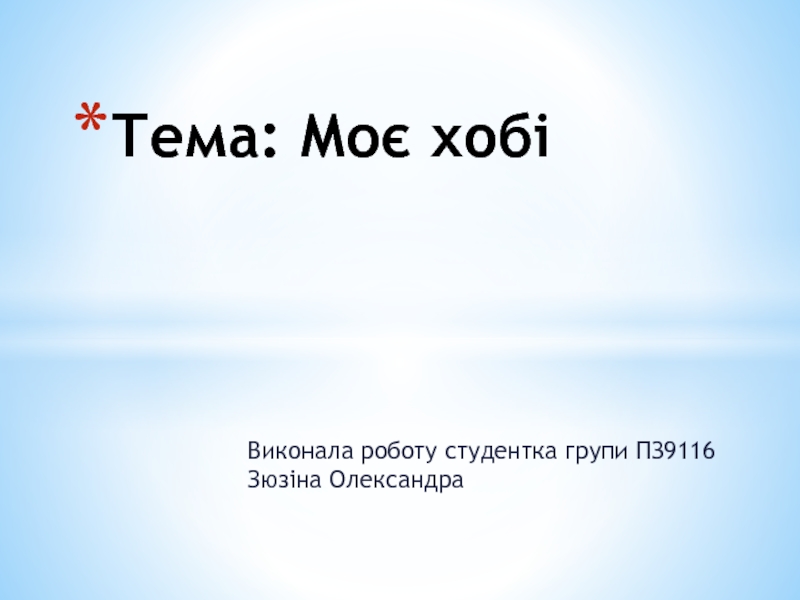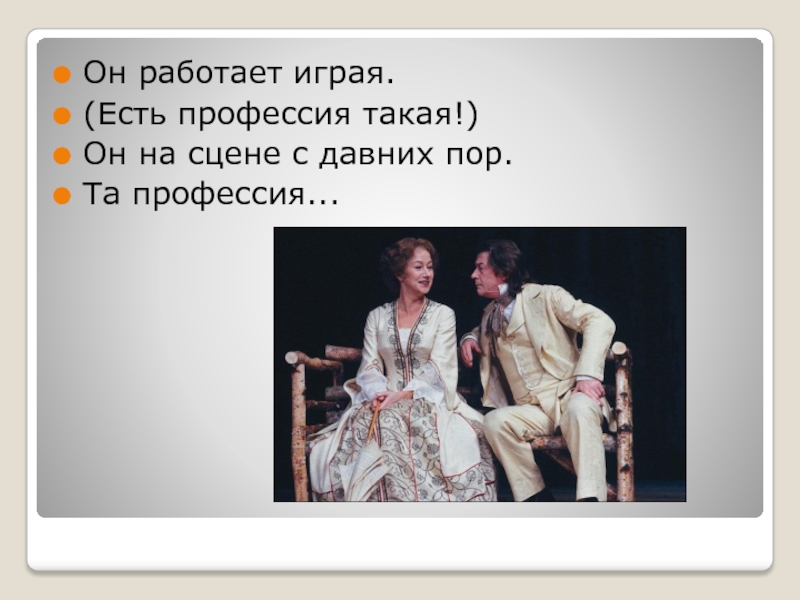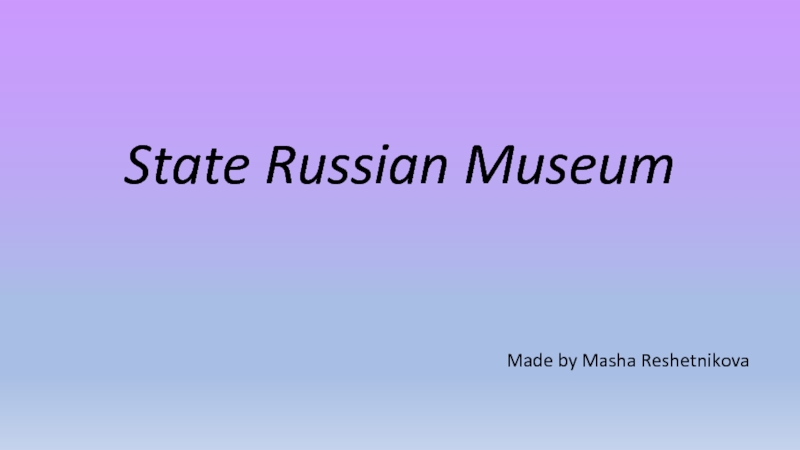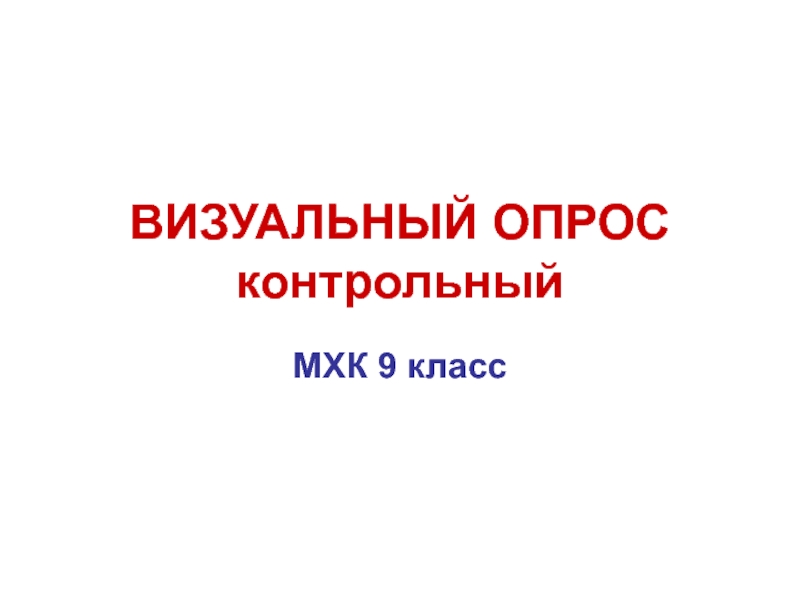- Главная
- Разное
- Дизайн
- Бизнес и предпринимательство
- Аналитика
- Образование
- Развлечения
- Красота и здоровье
- Финансы
- Государство
- Путешествия
- Спорт
- Недвижимость
- Армия
- Графика
- Культурология
- Еда и кулинария
- Лингвистика
- Английский язык
- Астрономия
- Алгебра
- Биология
- География
- Детские презентации
- Информатика
- История
- Литература
- Маркетинг
- Математика
- Медицина
- Менеджмент
- Музыка
- МХК
- Немецкий язык
- ОБЖ
- Обществознание
- Окружающий мир
- Педагогика
- Русский язык
- Технология
- Физика
- Философия
- Химия
- Шаблоны, картинки для презентаций
- Экология
- Экономика
- Юриспруденция
Ballet costumes 17th – 20th century презентация
Содержание
- 1. Ballet costumes 17th – 20th century
- 2. 17TH CENTURY: THE COURT BALLET
- 3. CONTEXT Birth of a specific costume for
- 4. DANIEL RABEL (1578–1637) Les Fées de la
- 5. SERIOUS BALLETS’ COSTUMES ANCIENT ROME
- 6. Carrousel de Louis XIV – 1662 Equestrian
- 9. JEAN BÉRAIN (1640-1711) Le triomphe de
- 10. PANIERS
- 11. 18TH CENTURY: GRACE & PRECIOUSNESS
- 12. PANIERS TONNELETS
- 13. CLAUDE GILLOT (1673-1722) Ballet des Elements
- 14. JEAN-BAPTISTE MARTIN Dessinateur des habillements de
- 16. LOUIS-RENÉ BOQUET (1717–1814) His style dominated
- 17. Males are also to be found in
- 19. 19TH CENTURY: HISTORICAL ACCURACY & DANCERS’ BODIES LIBERATION
- 20. 2 MAJOR FACTORS OF CHANGE THE WANT
- 21. Around 1730, two dancers will contribute
- 22. There were, at this time, three distinct
- 23. From 1831 to 1887, Paul Lormier took
- 24. The tartalan skirt gradually grew shorter until
- 25. 20TH CENTURY: FORMS AND COLORS ANGAINST EXCESSIVE NATURALISM
- 26. CHANGE COMING FROM RUSSIA In the late
- 27. Costume designer for the two following plays,
- 28. 1903: La Fée des Poupées The costume
- 29. 1910: Scheherazade The most incredible performance of
- 30. 1910: L’Oiseau de feu, Paris Opéra
- 31. ALEXANDRE BENOIS (1870-1960) 1911: Petrouchka, Théâtre du Châtelet (Paris)
Слайд 3CONTEXT
Birth of a specific costume for performing dance with the court
17th century: ballets were performed in seignorial residencies or at the court, with a recreational function.
Balls were held in court dresses, but on special occasions (visit of a personnality, event), interludes were organized, requiring the use of a costume created for the occasion, which gave the nobility the pleasure of disguise.
2 purposes of the ballet costume:
Demonstrating the wealth and power of the people who wore it (the nobility or the Royal family)
Pleasing the eyes
At that time, the costume is not functional to the danced gesture: on the contrary, it is often the costume which strongly conditions the movements, because of its weight and complexity
Слайд 4DANIEL RABEL (1578–1637)
Les Fées de la Forêt de Saint Germain
Masked female dancers in this design preserved in the Louvre are partly in the costume of the late 16th century, with puffed and slashed sleeves and farthingale, or in the farthingale without the skirt.
Such costumes were no doubt designed for a humorous ballet.
Слайд 5SERIOUS BALLETS’ COSTUMES
ANCIENT ROME
But with costumes intergrating:
SIGNS OF WEALTH
Rich and heavy brocards embroidered with gold
Priceless lace
TRADITIONAL EMBLEMS OF POWER
Scepter
Heavy coat
Crown or headdress crowned with high plumes
FASHION OF THE TIME
Wigs
Red heels
MYTHOLOGY
2 major sources of inspiration:
Слайд 6Carrousel de Louis XIV – 1662 Equestrian ballet performed at the Tuileries
The King appeared as a Roman Emperor with attendant warriors and the three other quarters of the carousel sported the supposed garments of the Americans, Turks and Persians.
This display had considerable influence on the later creation of stage costumes in the era of the Sun-King.
HENRI GISSEY
(1621-1673)
Слайд 9JEAN BÉRAIN
(1640-1711)
Le triomphe de l’Amour – 1680
Opera by Lully, firstly
Bérain succeeds to Gissey as dessinateur du Cabinet du Roi.
First opera including female actors.
The costumes have “more than a slight flavour of the Folies-Bergere”, but the bodies were in fact covered with a pink maillot. Ugly women and furies were still acted by men. This costume designer’s work was always inspired by the period he lived in, especially with the costumed for women, with laced corsages suggesting paniers and applied decoration style Louis XIV.
Слайд 13CLAUDE GILLOT
(1673-1722)
Ballet des Elements – 1721
Opera-ballet, firstly performed at the
After death of Louis XIV reaction against the grandeur of his court, Louis XV was not amused at the idea of having to appear in ballets, the first one of which was the Ballet des Elements.
The skirts of the dancers were long and the width was extended even more than ever before using panniers. Gillot reduced the size of the wigs, plumes and sleeves, however.
To the dancers representing the hours of the day were given butterflies wings, to those representing the hours of the night were given bats’ wings. Nereids were clad in scales and shells, Time and Plutus wore turbans.
These costumes were representative of the shift from the Baroque epoch to the Rococo, the colours becoming discreet, tender pastels rather than the rich tones of the Baroque.
Слайд 14JEAN-BAPTISTE
MARTIN
Dessinateur des habillements de l’Opéra from 1748 to 1756, successor
carried on in the vein of utilizing inspiration from the present fashions for the costumes of his characters, but with added flourishes, such as a Medea with huge panniers with cannibalistic signs on them or a Neptune covered in shells.
They are all very Rococo, but not very realistic. Clothes are much simpler than in the baroque, with more delicate materials, more tender colours, but with enormous skirts for men and women. Peasant boys and girls, introduced to the stage for the first time by Martin, were depicted as wearing silks and satins and ribbons.
Слайд 16LOUIS-RENÉ BOQUET
(1717–1814)
His style dominated the costume design in France from
His best era was the 1760s; the style of his time mixed with his own strong personal style, with small, powdered wigs adorned with roses, a deep, square décolletage with an almost pointed corsage creating a very narrow waist. Below that a billowing skirt provided a wide canvas for decoration.
Слайд 17Males are also to be found in ballet skirts, shorter, worn
One costume is described as having “a base of white satin, draped in a mosaique of silver and rose, with ‘bouffets’ in rose and silver, artificial flowers and an assortment of gems on the bodice.
Слайд 202 MAJOR FACTORS OF CHANGE
THE WANT FOR HISTORICAL ACCURACY
The clothes designed
THE WILL OF LIBERATING DANCERS’ BODIES
As ballet steps grew more complicated, so the costumes had to adapt to the dancers. It is Jean-Georges Noverre, a ballet master, who theorizes the need to remove the masks and to free the dancers' bodies from the traditional costumes. He wished to do away with paniers and tonnelets and introduce instead a draping of the dancers bodies in cloths of contrasting colours which would reveal the dancers form. He will realize these ideas with the help of the designer Louis-René Boquet.
Слайд 21
Around 1730, two dancers will contribute to the rapid evolution of
Masks were still kept until Maximilien Gardel, in 1772 in the role of Apollo, dared to go without. The public approved, and so the solo dancers no longer wore such masks, though the corps de ballet kept them for a little while longer.
High heels were replaced with slippers, though it would be another entire generation until the pointe shoe was introduced. The flimsiness of the female dancer’s costumes, which had sometimes left breasts on display, led to the overall introduction of the maillot, which was blue in the States of the Church so none could mistake it for nudity.
Слайд 22There were, at this time, three distinct types of ballet:
In
In the demi-caractere style the costume was Renaissance inspired (doublet trunks, long hose, cap with ostrich feather/ cylindrical low-necked dress).
In the caractere style they wore theatricalized versions of what village people wore.
The designer of these was Auguste Garnerey, who designed the costumes at l’Opera de Paris from 1819 to his early death in 1824.
Слайд 23From 1831 to 1887, Paul Lormier took up the seat; he
In 1832, Eugene Lami provided for Marie Taglioni and the corps de ballet performing La Sylphide, all of whom were to represent fairies, a costume of white muslin or tartalan (fine cotton gauze usually reserved for the inside of hats), a tight bodice, short sleeves and a wide skirt to mid-calf. It was really just a theatricalization of ordinary dress, but it caused a sensation, her dancing success so complete that it was decided that only that costume and no other should be worn for all ballets, no matter the subject.
E. LAMI & LA SYLPHIDE :
BIRTH OF THE BALLERINA DRESS
Слайд 24The tartalan skirt gradually grew shorter until it resembled a powder
It also became the rule rather than the exception for the ballerina to wear a diamond crescent or tiara on her head, no matter if she was supposed to be portraying a simple peasant.
This fashion persisted all the way until the end of the 19th century.
Слайд 26CHANGE COMING FROM RUSSIA
In the late 19th century, the tendencies for
In the opera, this same development took place at first only in theoretical work, with Adolphe Appia writing a book about how stage production ought to be stripped of its false realism and over-the-top stage design, writing that the audience did not need to necessarily see something represented to understand that it was there. He wished for costumes to suggest a period rather than be exaggeratedly hyper-realist.
In Russia, this movement was pioneered not only by the theatre director of The Private Opera, but really began to catch on through the work of Alexandre Benois and fellow pupils, including Leon Rosenberg, later Leon Bakst, and Dima Filosofov, whose cousin was Sergei Diaghilev.
Слайд 27Costume designer for the two following plays, which were performed at
1902:Le Coeur de la Marquise
The design for the costume of the Marquise was a long white robe with a log sleeved blouse underneath and a green and white belt under the bosom. In the design there is a yellow-green shawl and she wears a bejewelled necklace. The trim of the dress has a design of crowns connected by semicircles and the shawl’s edge is frottéed. The hair is curled and half up, she wears a soft hat with a green design of diamonds and a large dark-green bow. The shoes are flat, surrounding the toes and the sole of the foot with bands binding it around the ankle and from the mid-point of the sole of the foot to the point where the ankle bindings join together.
LÉON BAKST
(1866-1924)
